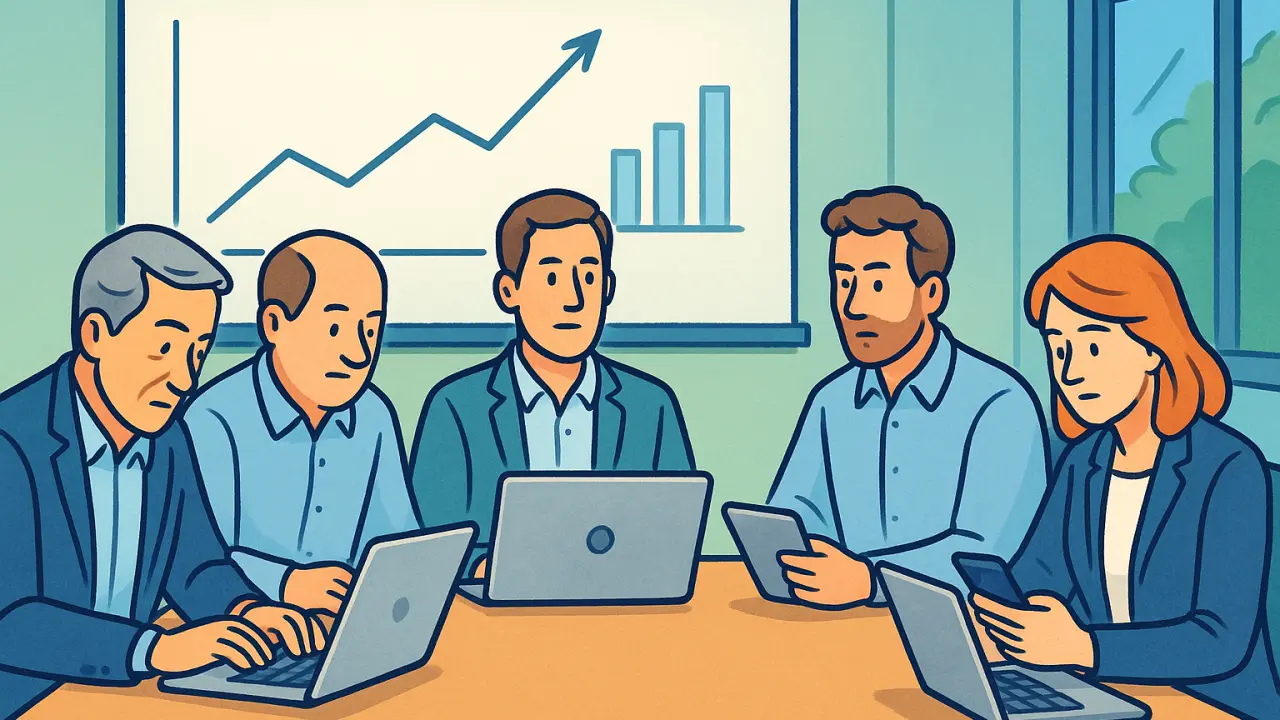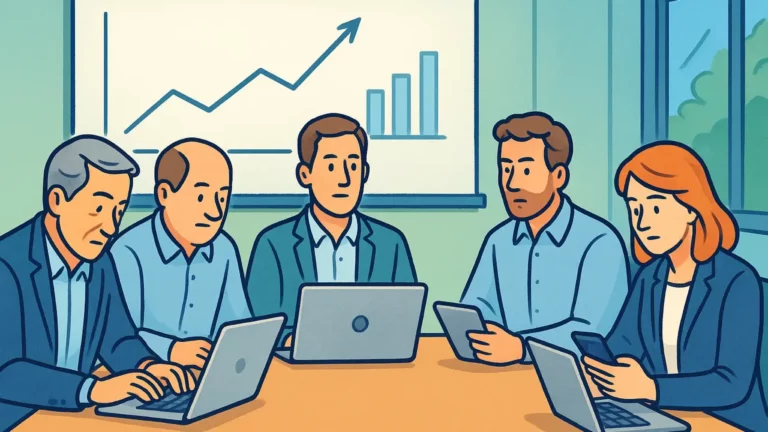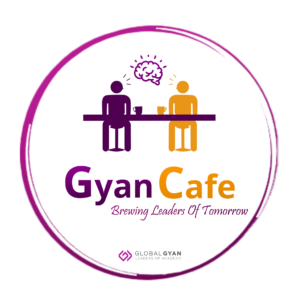Why Most Leadership Offsites Miss the Point


Every few months, LinkedIn lights up with photos of leadership teams posing at a resort — matching T-shirts, post-it notes, sunset selfies. I always find myself wondering: what actually happened there?
Too often, what’s called an “offsite” ends up being a tactical review in disguise. A few decks are polished, a few egos are flattered, and everyone returns to the office with the same to-do list and a slightly heavier buffet belly.
Why does this happen?
Because it’s easy to confuse location change with mindset change. Moving away from the office feels like progress. But if the content, the format, and the energy remain the same, you’ve only changed the venue, not the conversation.
What’s Really Needed: Space for Strategic Thinking
Many years ago, when I had taken on my strategy role, I felt this acutely. I wanted our leadership team to think beyond the immediate urgencies – of which there were many – to step back and reflect. So I decided to experiment.
I booked a few rooms in a Mumbai hotel for two days, nothing fancy, just away from our office routine. For almost two weeks, I worked on the agenda for four of us. Not a list of presentations or updates, but major themes and long-term questions that were worth wrestling with.
Where I needed data, I printed it out. No laptops. No slides. No distractions.
Each day, we also invited an external guest to bring a fresh perspective.
It was liberating. We had unhurried, sometimes uncomfortable, often fun, but always meaningful conversations. That first offsite became the blueprint for many more – some formal, some fluid, but all focused on deep, honest reflection.
Lessons From Years of Facilitating Offsites
Over the last decade, I’ve been on the other side too, facilitating dozens of such sessions for leadership teams. And the pattern is clear: the quality of the offsite depends entirely on the design.
A few lessons stand out:
Design the session like a product.
The magic happens before the offsite, in the diagnostic conversations, in understanding what’s unsaid, in framing the right questions. Most teams underinvest here.
Bring in an external facilitator.
It adds discipline and neutrality. The CEO can participate fully instead of moderating. And sometimes, a message that would sound harsh internally lands better from an outsider.
Keep it lighter than you think.
When you replace presentations with open discussions, time flies. A “dense” agenda is a sure way to rush through what matters. Depth beats coverage.
Synthesize before you celebrate.
The offsite doesn’t end when people head out of the resort. The real work begins then. Ensure adequate time is spent in capturing agreements, translating insights into action, and setting up follow-through mechanisms.
The Rhythm of Reflection
The best leadership teams I know meet at least twice a year — one zooming out, the other zooming in. Over time, these conversations build muscle memory.
At least two CEOs I’ve worked with have kept this rhythm for five to seven years. Every year, one offsite to look ahead, one to discuss people and culture. Each cycle deepens the conversation. The first few are about aspiration; the later ones are about alignment.
So, What’s a Good Offsite?
It’s not about the slides, or the resort, or the hashtags.
A good offsite is one that:
- makes people think differently,
- surfaces difficult truths,
- creates collective ownership, and
- leaves behind a shared language for action.
When done right, an offsite isn’t a break from work for leaders; it is the work.






Responses